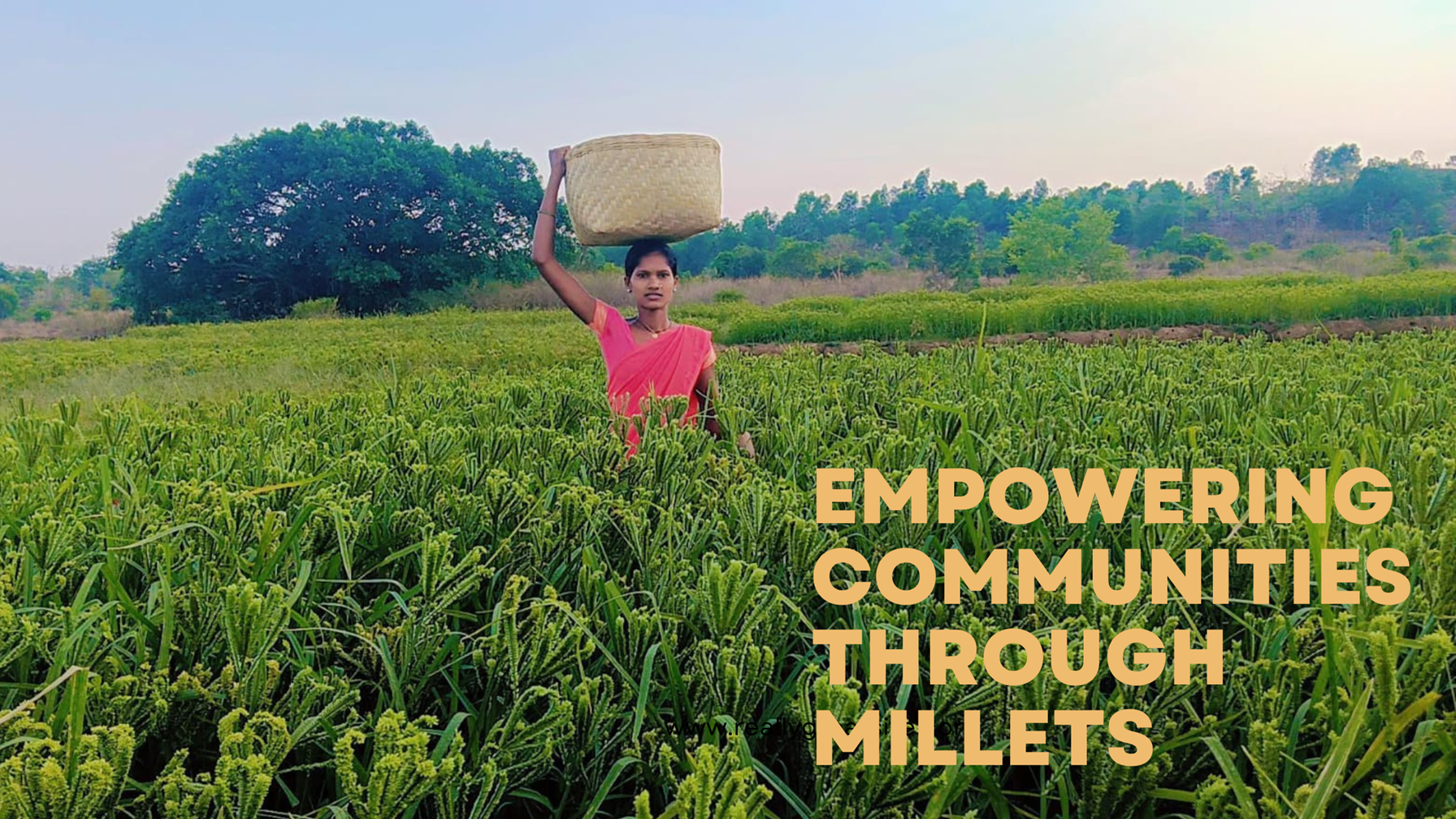Table of Contents
In the remote yet vibrant landscapes of Odisha’s Koraput district, a silent revolution is underway—one that is transforming the lives of thousands of tribal farmers, especially women, through the revival of a humble ancient grain: millets.
What began as the Odisha Millets Mission (OMM) has now renamed into Shree Anna Abhiyan—a flagship initiative of the Government of Odisha aimed at reintroducing millets in both farms and plates. The mission is not just about crops; it’s about cultivating hope, resilience, and dignity. Through this campaign, Odisha is promoting climate-resilient agriculture, enhancing nutritional security, and building sustainable livelihoods in its rainfed tribal regions.
At the heart of this movement is Koraput, a district known for its tribal heritage, biodiversity, and now—its thriving millet economy.
The 4Cs Framework: A Holistic Approach to Transformation
Shree Anna Abhiyan’s success rests on a holistic approach built around four pillars: Conservation, Cultivation, Consumption, and Commercialization.
1. Conservation: Preserving Legacy Seeds for the Future
In the age of modern hybrid seeds, the campaign recognizes the value of traditional millet varieties, preserving them with the help of the communities who have nurtured them for generations.
- Participatory Varietal Trials (PVT): Local farmers evaluate indigenous millet varieties under local climatic conditions. This not only identifies the best-performing seeds but also safeguards traditional biodiversity.
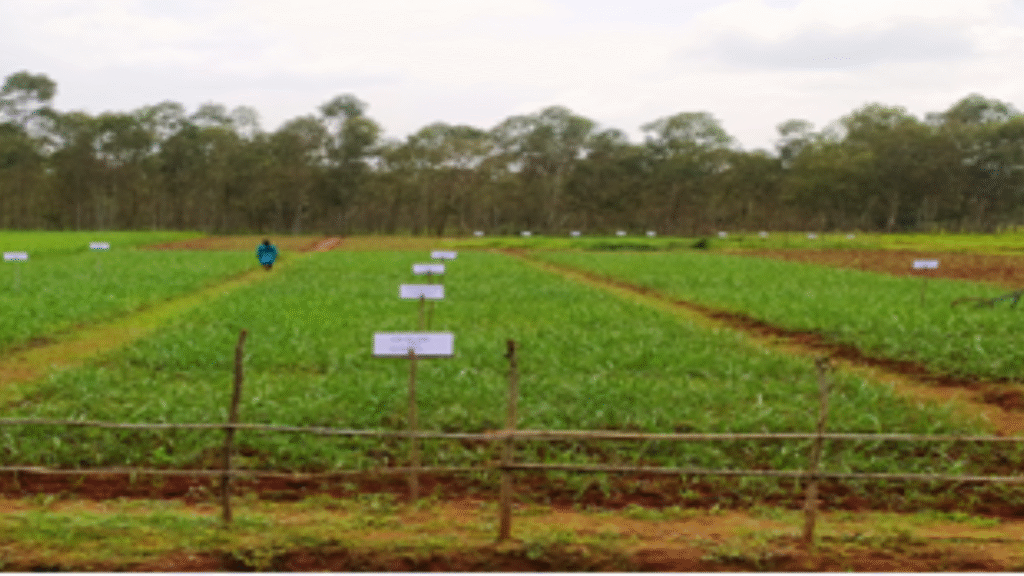
- Seed Production Plots: Top-performing varieties identified through PVT are multiplied to ensure seed security and availability through local seed systems.
- Crop Diversification Blocks (CDBs): These plots demonstrate the coexistence of millet and non-millet indigenous crops, promoting biodiversity and cultural preservation in farming systems.
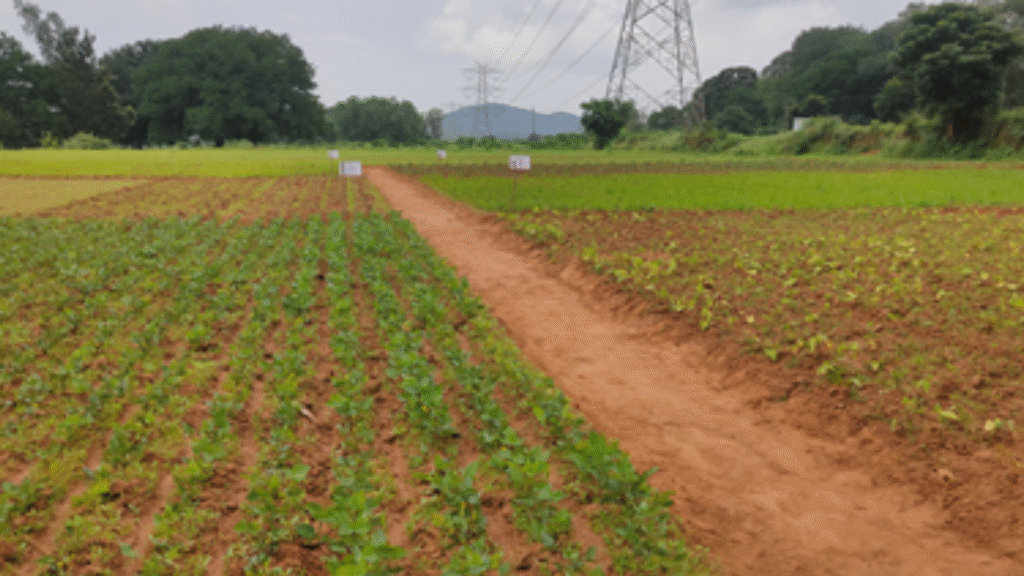
2. Cultivation: Scaling Millet Farming with Modern Support
With a renewed focus on millet farming, over 16,293 hectares have been brought under cultivation during Kharif 2024, involving 32,137 farmers in the district.
Farmers are adopting improved agronomic practices like System of Millet Intensification (SMI), Line Sowing, and Line Transplanting, backed by:
- Financial Incentives over a five-year period (₹26,500 for SMI/non-ragi crops, ₹19,500 for LS/LT).
- Seed and Input Support through Odisha State Seeds Corporation (OSSC) and Community Managed Seed Centres (CMSCs).
- Machinery Access via 44 Custom Hiring Centres (CHCs) and 45 CMSCs offering tools like SMI markers, cycle weeders, tarpaulins, and pump sets.
In Kharif 2024-25 alone, ₹7.78 crore has been sanctioned for farmer incentives in Koraput—an investment not just in crops, but in the future of farming families.
3. Consumption: Bringing Millets Back to the Plate
Reviving millets is incomplete without returning them to the daily diet. Through sustained efforts:
- Millets are now integrated into the Public Distribution System (PDS).
- Food festivals across blocks and districts have introduced millet-based dishes to households, rekindling pride in traditional food systems.
This push has improved nutritional security, especially among tribal communities, helping combat hidden hunger and lifestyle diseases with locally grown superfoods.
4. Commercialization: Building Market-Driven Opportunities
Millets are now more than a subsistence crop—they’re a source of enterprise and income:
a. Tiffin Centres by Women SHGs
- 13 Women SHGs have been empowered to run millet-based tiffin centres.
- 6 are already operational, offering healthy meals while creating dignified livelihoods.
b. Millet Cafés
- Two millet cafés in Koraput and Jeypore, operated by SHGs, are becoming community hubs for nutritious food and sustainable income.
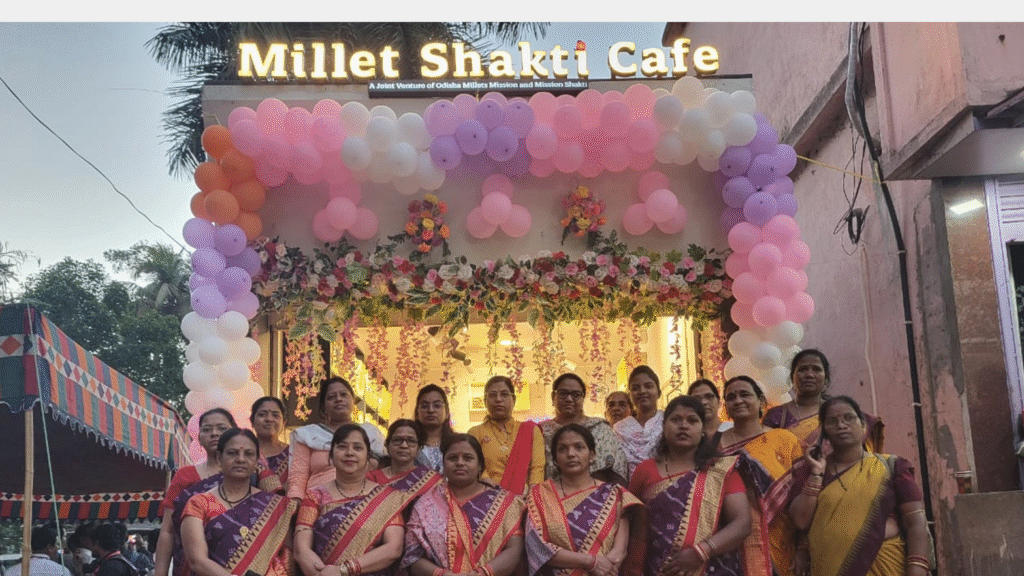
c. Procurement and Marketing
- During Kharif Marketing Season (KMS) 2024-25, 15,159 farmers sold 239,875.89 quintals of ragi—the highest in Odisha.
- Supported by a Minimum Support Price (MSP) of ₹42.90/kg plus a ₹2.10/kg bonus from the state, this has motivated greater farmer participation.
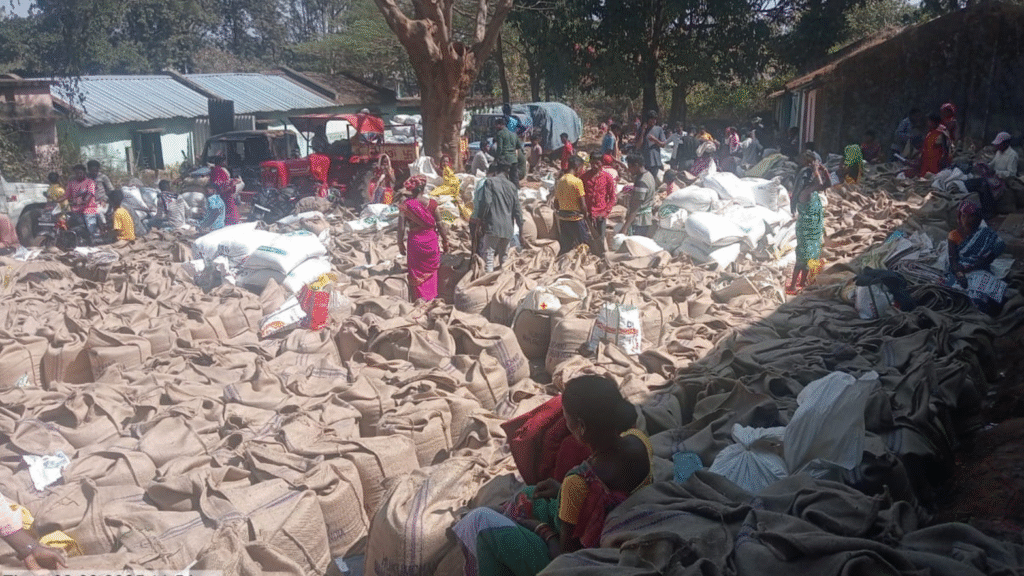
d. Machinery and Processing Support
- Equipment such as 106 threshers, 325 pulverizers, 20 dehullers, and 9 cleaners/graders have been distributed.
- 89 RR Sheller cum Polishers provided to BLPAs have ensured procurement meets Fair and Average Quality (FAQ) standards.
These interventions boost productivity and enhance the shelf life and marketability of millets, turning once-forgotten grains into high-value products.
Capacity Building: Strengthening the Roots of Change
The real transformation lies in the knowledge and confidence built among the people:
- Training programs for farmers and Community Resource Persons (CRPs) on sustainable practices.
- Workshops for SHGs on recipe development, bookkeeping, packaging, and branding.
- Awareness campaigns and village meetings during both cultivation and procurement phases to ensure transparency and trust.
- Exposure visits and demonstrations foster peer learning and adoption of innovative practices.
A Model for India: Sustainable, Scalable, and Community-Driven
The Shree Anna Abhiyan in Koraput is not just a government programme—it’s a people’s movement. It has brought together farmers, women’s groups, researchers, and local institutions in a collective mission to restore dignity to farming and nutrition to food systems.
With a blend of tradition and innovation, the initiative has created a replicable model for millet-based rural livelihoods that’s deeply rooted in the soil and soul of Odisha.
As we move ahead, the grains of change sown in Koraput will continue to grow—nourishing communities, empowering women, and building a more resilient and equitable future.
Author: Tapas Chandra Roy, A Certified Farm Advisor on Millets, ‘Promoting Millets from Farm to Plate’ and an Author of the book -” Millet Business Ideas-Empowering Millet Startups”. In a mission to take the forgotten grains- Millets to Millions. To remain updated on my blogs on Millets please subscribe to my newsletter and for any queries please feel free to write to tapas@milletadvisor.com

